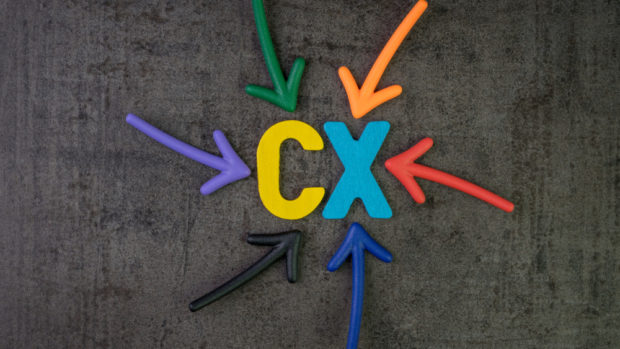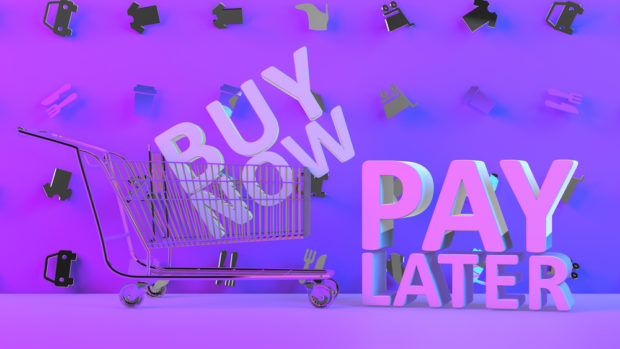
Bazaarvoice, a platform for full-funnel authentic user-generated content (UGC) and social commerce solutions, has released its latest study based on a survey of more than 8,000 global shoppers and over 400 brands. The results revealed that fake reviews are something that weigh heavily on people’s minds when they are shopping, and they want brands to take action in order for them to feel confident in the content they’re consuming online.
“Fake reviews undermine confidence in online content, dissuading shoppers and negatively impacting the online sales of brands and retailers.” Said Andy Chakravarty, VP of Research at IDC Retail Insights. “Validating authenticity of product reviews improves the customer experience, giving shoppers peace of mind as they make informed purchasing decisions.”
Global survey highlights include:
- Consumers are concerned about all types of fake UGC: 75 per cent are concerned about fake reviews, 69 per cent are concerned about fake images, 68 per cent are concerned about fake videos, 66 per cent are concerned about fake questions and answers and 69 per cent are concerned about fake social media content.
- They want brands to take care of it: The majority of respondents (63 per cent) think the brand’s website they’re visiting should be solving issues of fraudulent content online, followed by governmental bodies (49 per cent) and a third-party expert (36 per cent).
- Brands think they’re on top of it: While consumers want them to do more, 94 per cent of brands and retailers said that they rate the importance of maintaining online content authenticity in e-commerce business high, and the majority (76 per cent) are confident in their current strategies and tools for detecting and preventing fraudulent or counterfeit content within their online channels.
- However, consumers are doing a lot of work to verify the legitimacy of online stores: Using trusted online shopping platforms (63 per cent), researching the brand online (58 per cent), checking for secure website indicators (e.g., padlock symbol), (51 per cent), reading customer reviews (47 per cent), and recommendations from a friend or family member (46 per cent) are the most common ways they do so.
- Consumers would trust a third-party authenticator to do the work for them: When asked if they would trust an industry-leading third-party authentication provider to verify the trustworthiness of the content for all of the sites they visit, 70 per cent said they’d trust it. When asked if they would trust a website to verify its own content, less than half (47 per cent) said they’d trust it.
- They’d be happy with a trustworthy symbol: When asked if they would have confidence in a ‘trust signal’ (i.e. lock, checkmark, symbol) that shows each rating and review has been verified by an independent third party, 73 per cent said they’d trust it. Almost as many (66 per cent) said the same about a trust signal for social media content, and 60 per cent said the same about a trust signal for influencer content.
- Brands are interested in incorporating trust signals: 78 per cent said they’d consider adding one to verify ratings and reviews, 73 per cent said the same about shopper photos, and 71 per cent said the same about shopper videos.
“This study underscores the absolute necessity of user-generated content (UGC) being authentic,” said Zarina Lam Stanford, CMO at Bazaarvoice. “Brands and retailers need to ensure that their customers trust the content they consume online. If shoppers can’t trust UGC, it loses all of its value, and companies will lose out on sales. Trust signals like the Bazaarvoice Trust Mark is a symbol of a company’s dedication to authentic consumer feedback on its products. It’s also a signal to consumers that the content they’re consuming is protected by a neutral third party with sophisticated fraud detection technology and industry-leading best practices.”








Share